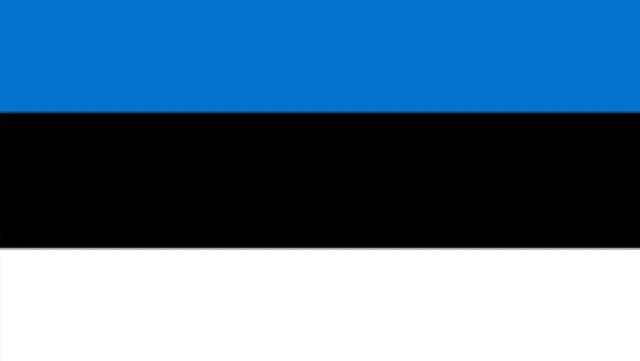
Geography
Area : 43,094 km²
Borders : 68 km (with Germany)
Coastline : 7,314 km
Capital : Copenhagen
Official language : Danish
Flag

Population
Population : 5,965,000 inhabitants (2024)
Crude natural change rate : -0.2‰ (2022)
Population repartition: 16.2% under 15 years old (est. 2023), 20.6% over 65 years old (est. 2023)
Foreign residents: EU nationals 3.5%, non-EU nationals 5.4% (2019)
Crude net migration rate: 2.7‰ (est. 2023)
First time asylum applicants: 2,455 (2023)
Life expectancy: men 79.74 years, women 83.71 years (est. 2022)
Religions: Evangelical Lutheran 74.7%, Muslim 5.5%, other/none/unspecified 19.8% (2019 est.)
Ethnic groups: Danish 85.6, Turkish 1.1%, others 13.3% (of which Poles, Syrians, Romanians, Germans, Iraqis) (2022)
Source : Eurostat, The CIA World Factbook
Economy
Currency: Danish Crown (DKK) (exchange rate in December 2023: 1 € = 7.46 DKK)
GDP: € 374,679.9 million (2023)
GDP per capita (PPS): € 52,230 (2023)
GDP growth : 1.8% (2023)
Inflation: 2.1% (May 2024)
Public debt: 30.1% of GDP (December 2022)
Unemployment: 5.8% (May 2024)
Stock of foreign direct investment from the entire world: 58.1% (2022)
Budget balance: 6.7% of GDP (December 2022)
Source : Eurostat, OECD, European Commission, Trading Economics
Political system
Constitutional monarchy, unicameral democratic parliament.
Head of State: King Frederik X since 14th January 2024
Prime Minister: Mette Frederiksen (Social Democratic Party), Prime Minister since 26th June 2019, called for early elections on 1st November 2022, which marked the victory of the left-wing coalition guided by herself. She formed a government of national unity with the Moderate party and the Venstre (liberal right).
The Folketing (“The People’s Assembly”) comprises 179 representatives, elected by direct universal suffrage for four years. The Faroe Islands and Greenland are each represented by two representatives.
Political representation
Composition of the Folketing (in November 2022):
- 50 seats SD (Social Democrats)
- 22 seats V (Liberals Venstre)
- 16 seats AE (Denmark Democrats)
- 15 seats F (Green Left)
- 15 seats LA (Liberal Alliance)
- 14 seats M (Moderates)
- 10 seats C (Conservative People's Party)
- 9 seats Ø (Red-Green Alliance)
- 7 seats B (Danish Social-Liberal Party)
- 7 seats O (Danish People's Party)
- 5 seats Å (The Alternative)
- 1 seat Inuit Ataqatigiit IA (Community of the People - Greenland)
- 1 seat Siumut SIU (Forward - Greenland)
- 1 seat SP (Union Party - Faroe Islands)
- 1 seat Javnaðarflokkurin JF (Social Democratic Party - Faroe Islands)
- 5 seats independent
Women's representations
- in the government: 8/23
- in the Folketing: 83/179
Next Elections:
On The Same Theme
Country Sheet
Country Sheet
Country Sheet
Country Sheet
Country Sheet

Country Sheet

Country Sheet

Country Sheet


